It has been two weeks since the Tampa Bay Buccaneers made the last change to their 2018 offseason roster, re-signing veteran guard Adam Gettis to a one-year deal. It was a depth move, coming a bit removed from the first rush of free agency, in which the team acted quickly to fill needs on both lines and at kicker.
With free agency slowing almost to a halt and the Buccaneers' offseason workout program not starting until next Monday, it's fair to say that the majority of work taking place at team headquarters in the last two weeks has been focused on the upcoming NFL Draft. It's now 16 days until the first round kicks off on the evening of Thursday, April 16. It's likely that the Buccaneers are done, for now, with their free agent shopping.
It's also fair to say that the moves made in free agency – both signing outsiders and re-signing key players from their own list of potential departures – will affect what the Buccaneers do on draft weekend. As both General Manager Jason Licht and Head Coach Dirk Koetter noted at the NFL's Annual Meeting in Orlando, those free agency decisions have given the team more flexibility in the draft, though Licht cautioned that they haven't necessarily changed who the team is targeting.
So, as we stand roughly equidistant between the end of the first wave of free agency and the start of the draft, let's review what the Buccaneers have done to the roster in the past month and see what it might mean for the days ahead.New Arrivals
- DT Beau Allen (Philadelphia)
- K Chandler Catanzaro (N.Y. Jets)
- DE Vinny Curry (Philadelphia)*
- C Ryan Jensen (Baltimore)
- LB Cameron Lynch (L.A. Rams)*
- DE Jason Pierre-Paul (via trade with the N.Y. Giants)
- DT Mitch Unrein (Chicago)
( Curry was released by the Eagles and was thus not technically an unrestricted free agent like the other four on the list. Lynch was not tendered as a restricted free agent by the Rams and thus was simply a free agent able to sign with any team.)
*
The Buccaneers completely revamped their defensive line, which was an unsurprising area of focus given the team's NFL-low 22 sacks in 2017. Tampa Bay also did not defend the run as well as they had hoped last season, which explains why Allen, the former Eagle who was a key part of Philadelphia's top-ranked run defense, was one of their very first targets.*
Curry and Pierre-Paul weren't on the market when free agency began, but the Buccaneers' personnel professionals kept their eyes on the developments in Philadelphia and New York with the hope that one or both would become available. Curry did when the Eagles released him following their own acquisition of defensive end Michael Bennett. As for Pierre-Paul, the interest that Licht showed in the veteran edge-rusher, which was sparked at the NFL Combine, eventually paid off when the Giants agreed to trade him to Tampa Bay for a third-round pick and a fourth-round swap that benefited the Buccaneers.
As such, the Buccaneers will likely have three new starters on their D-Line heading into 2018, with Allen sliding in next to Pro Bowl defensive tackle Gerald McCoy while Curry and Pierre-Paul take over on the ends. Unrein also steps in as a new and important part of the line rotation and, like Curry, can take snaps inside or outside.
The additions of Curry and Pierre-Paul seem particularly important, in regard to the draft, because this year's class is not terribly deep in elite edge rushers. The consensus top choice in that group is North Carolina's Bradley Chubb, but it's a longshot that Chubb will still be available when the Buccaneers pick at #7. It's also unlikely that the presence of the two new veteran ends would stop the Bucs from taking Chubb if he *did fall to their spot. It's nearly impossible to have too many talented edge rushers, and Chubb would give the team a long-term solution at that spot to go with the new veterans.*
This is where that draft "flexibility" comes in. Given the team's dire need for a better edge rush, the Buccaneers could have found themselves chasing linemen, either by taking prospects higher than expected or trying to hit on the position in later rounds. Alternately, the Buccaneers might have chosen to dip into the deep ranks of defensive *tackles in this year's draft, trying to pump up the rush in a different way. That's still an option, but with Allen and Unrein on board it's not as pressing of a need.*
*
View photos of the newest Buccaneer, C Ryan Jensen. Photos by AP Images.
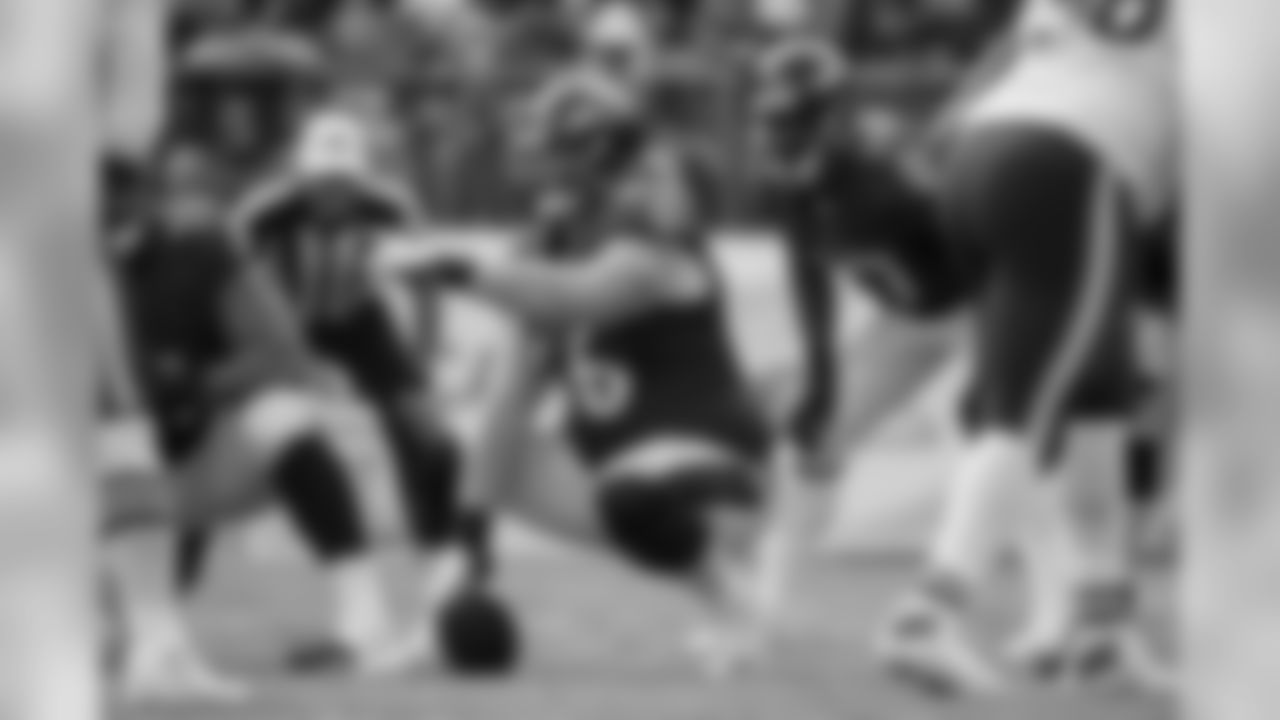
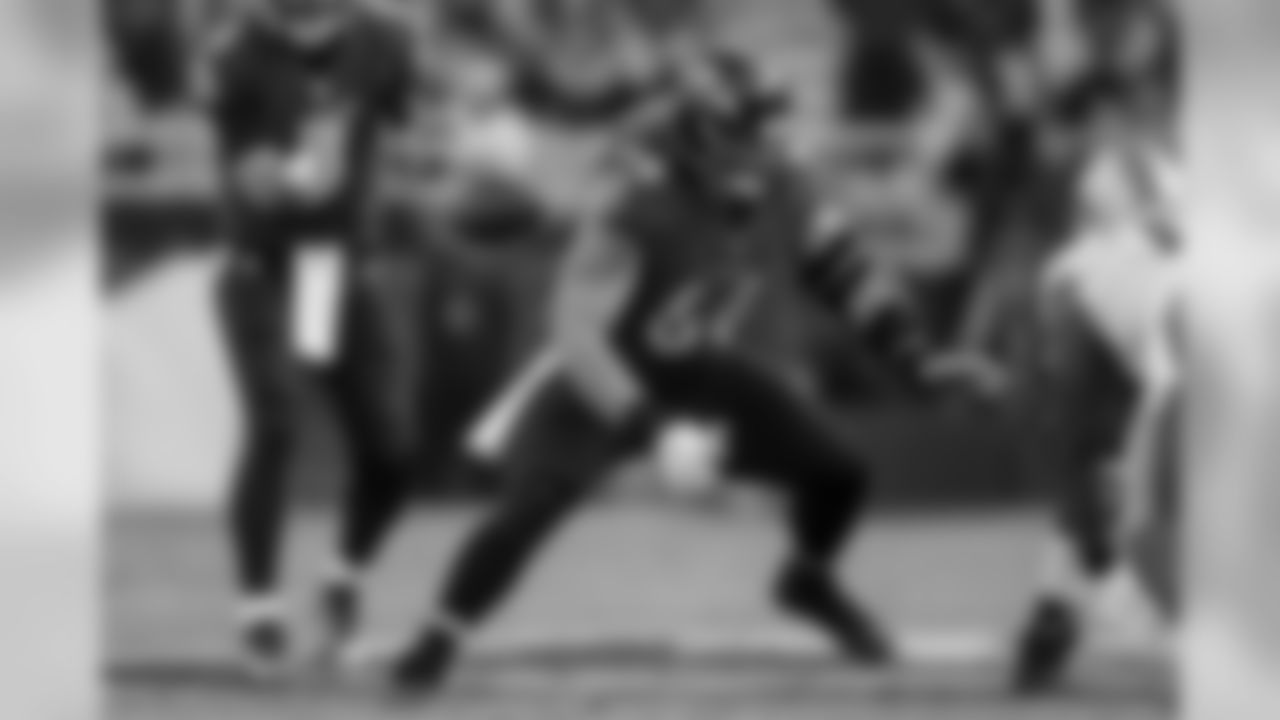

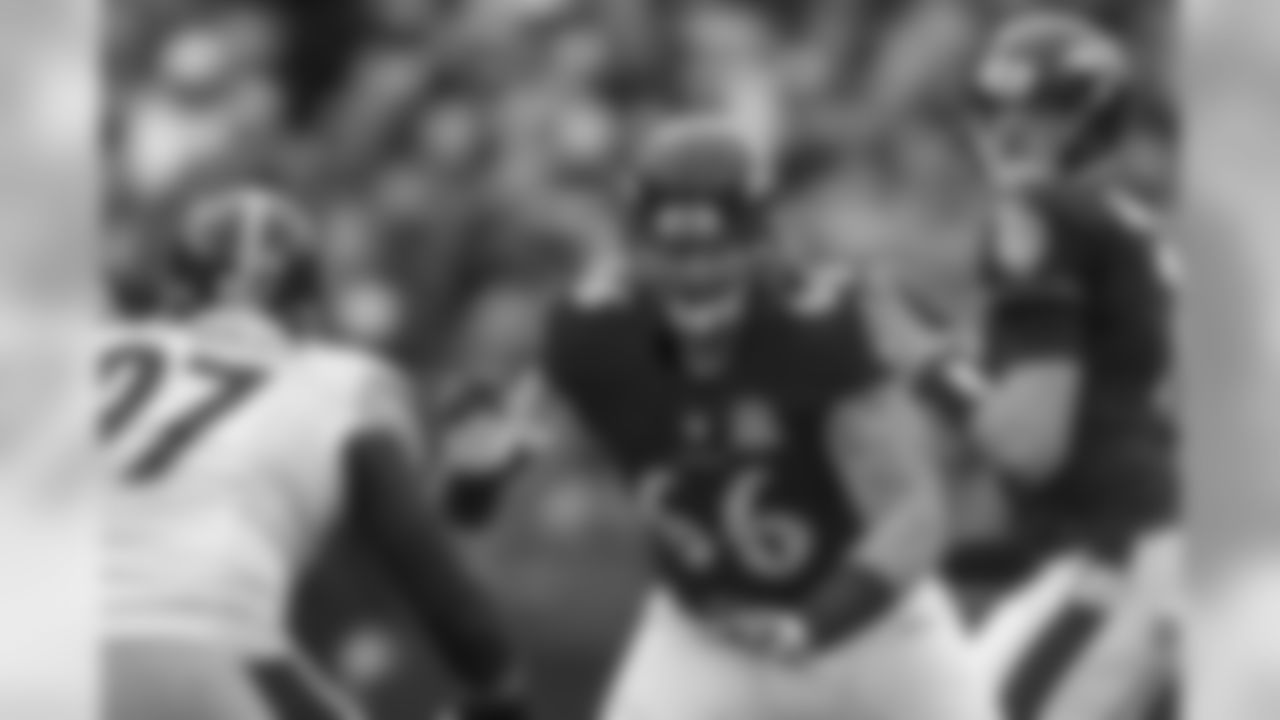
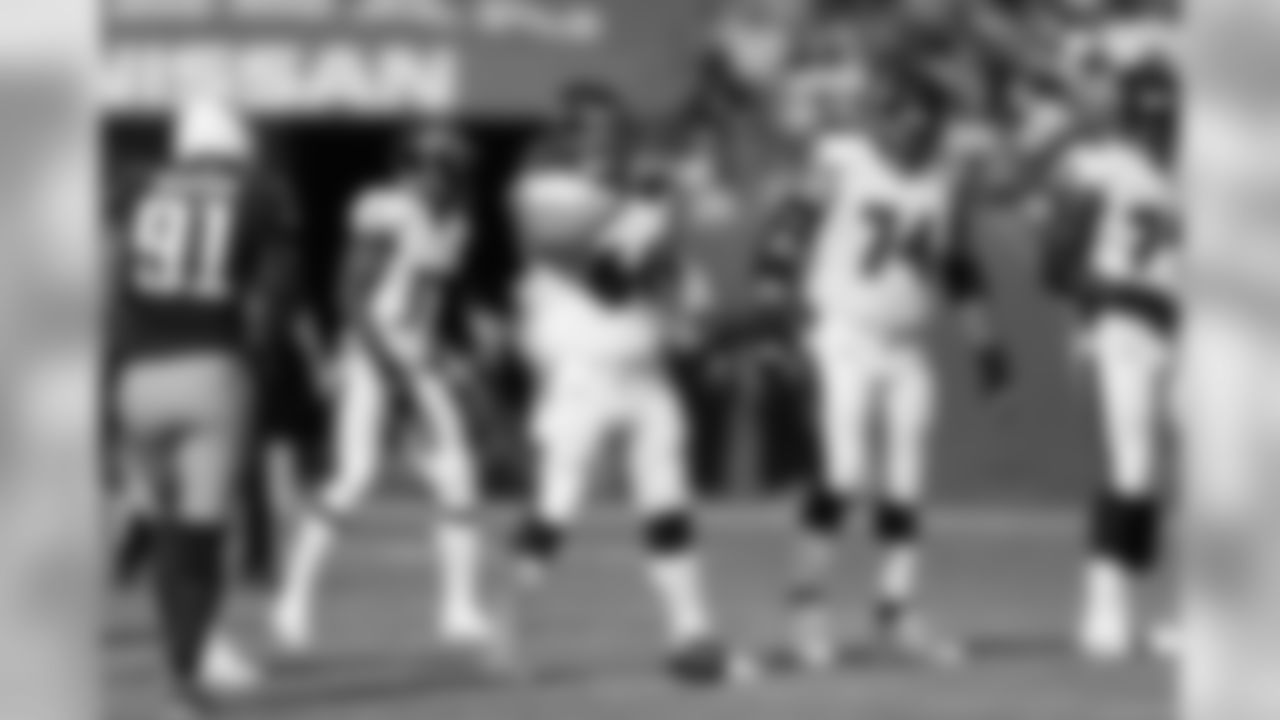

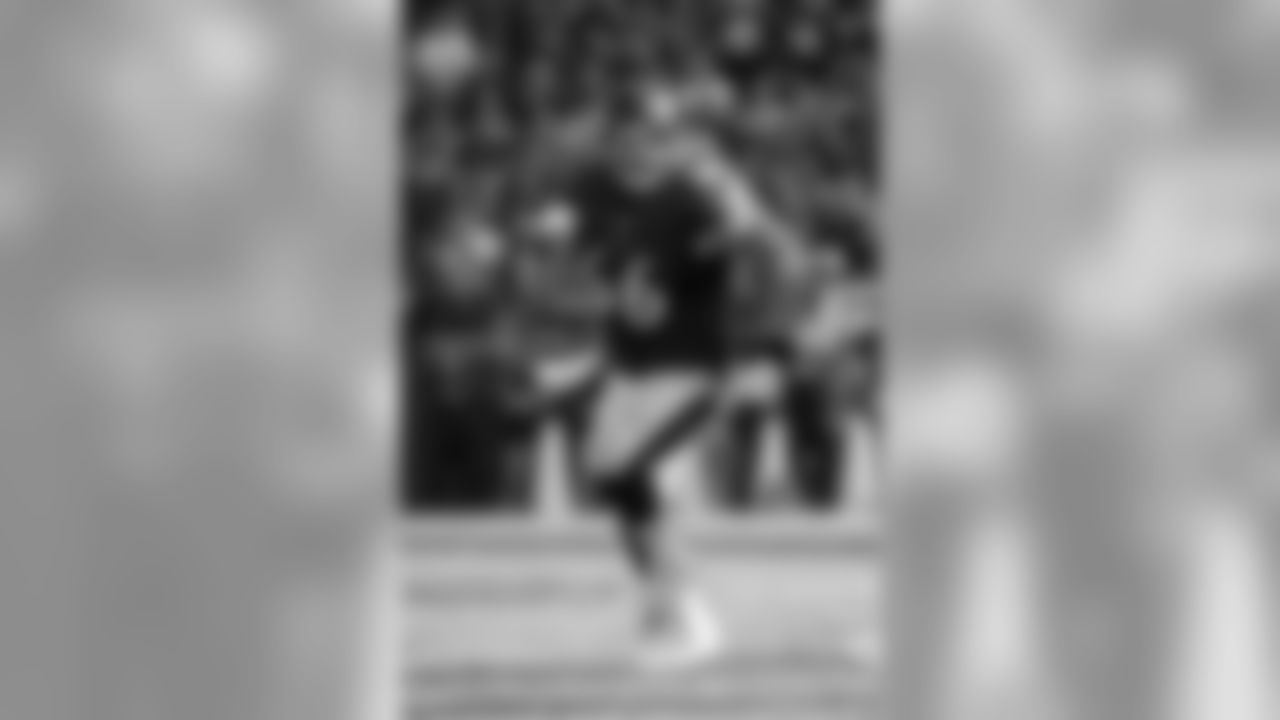
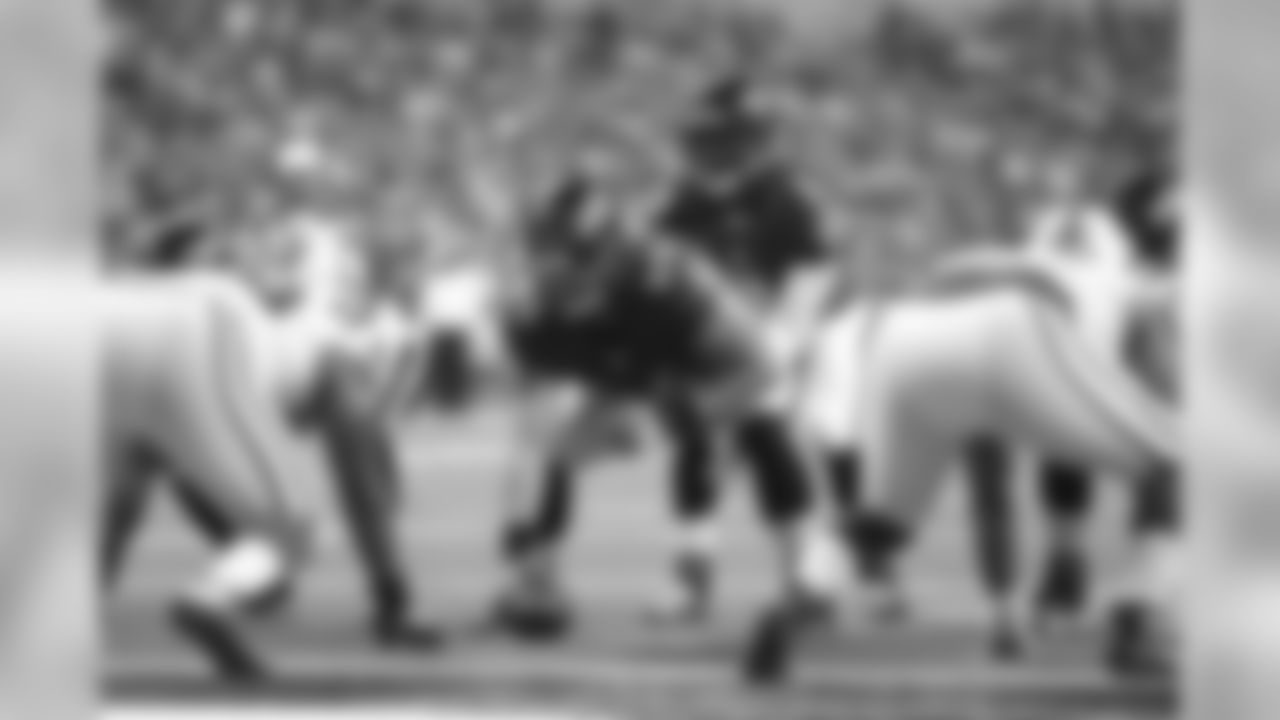
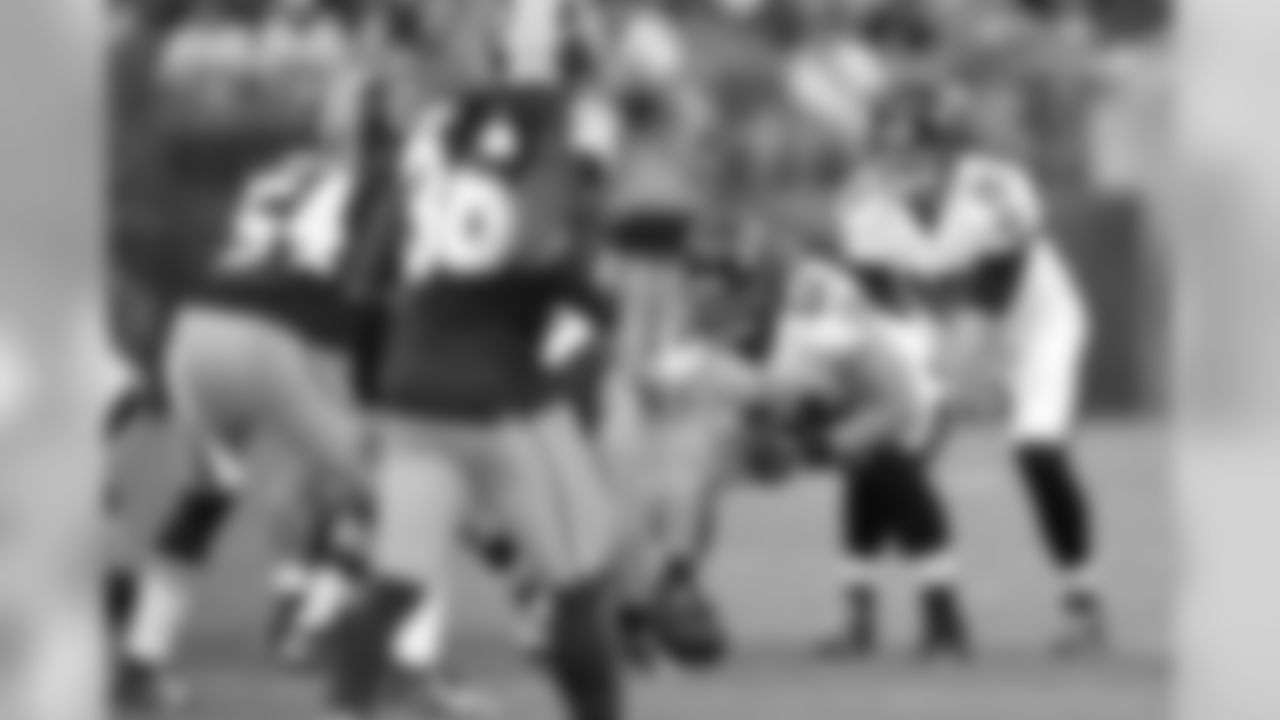
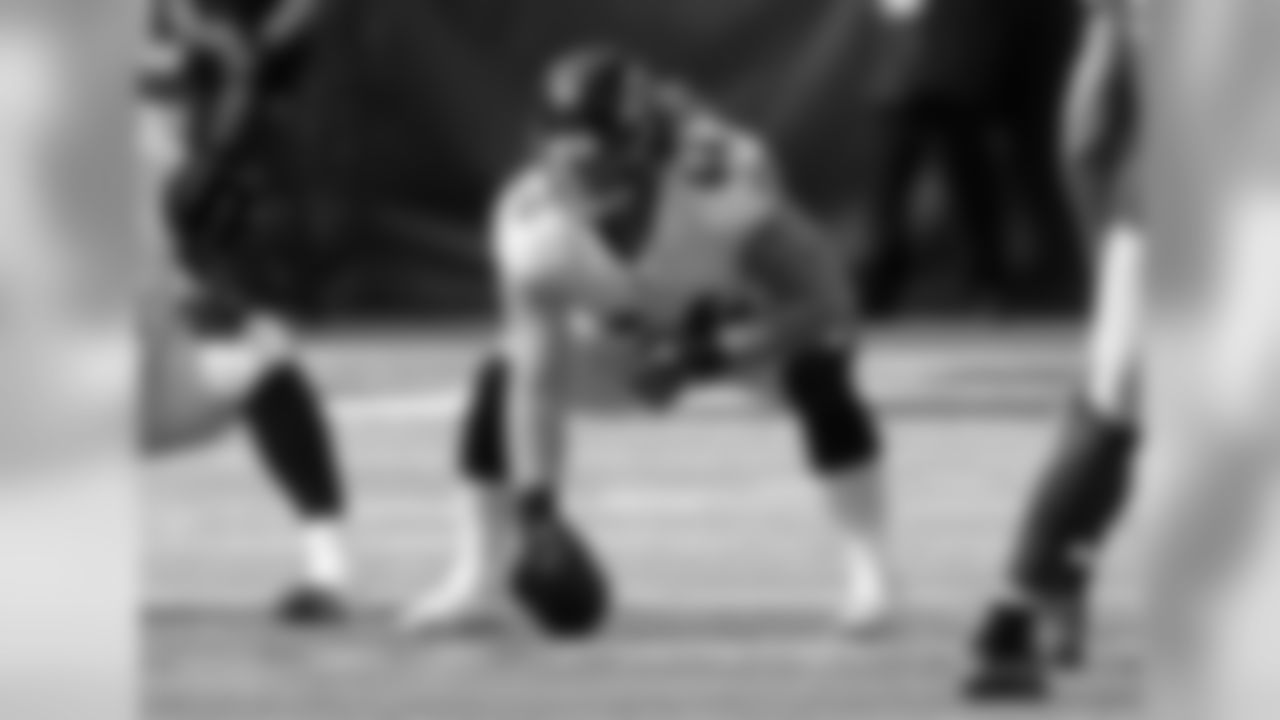
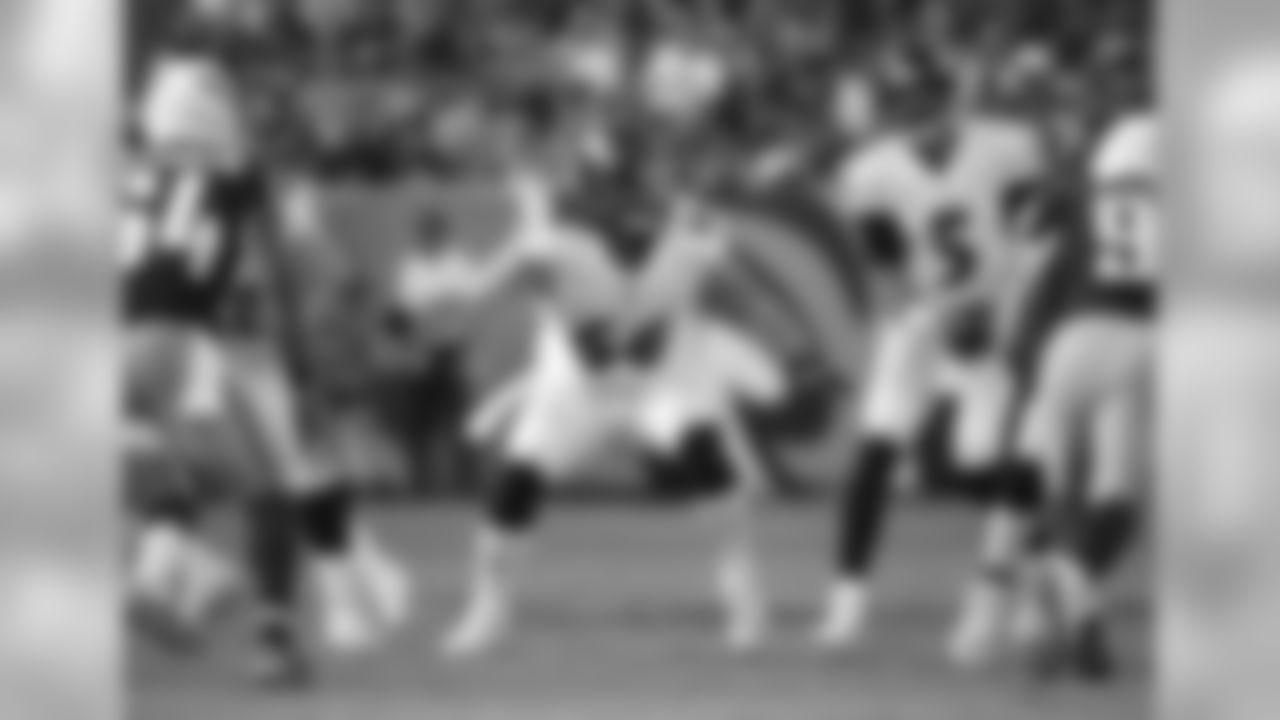
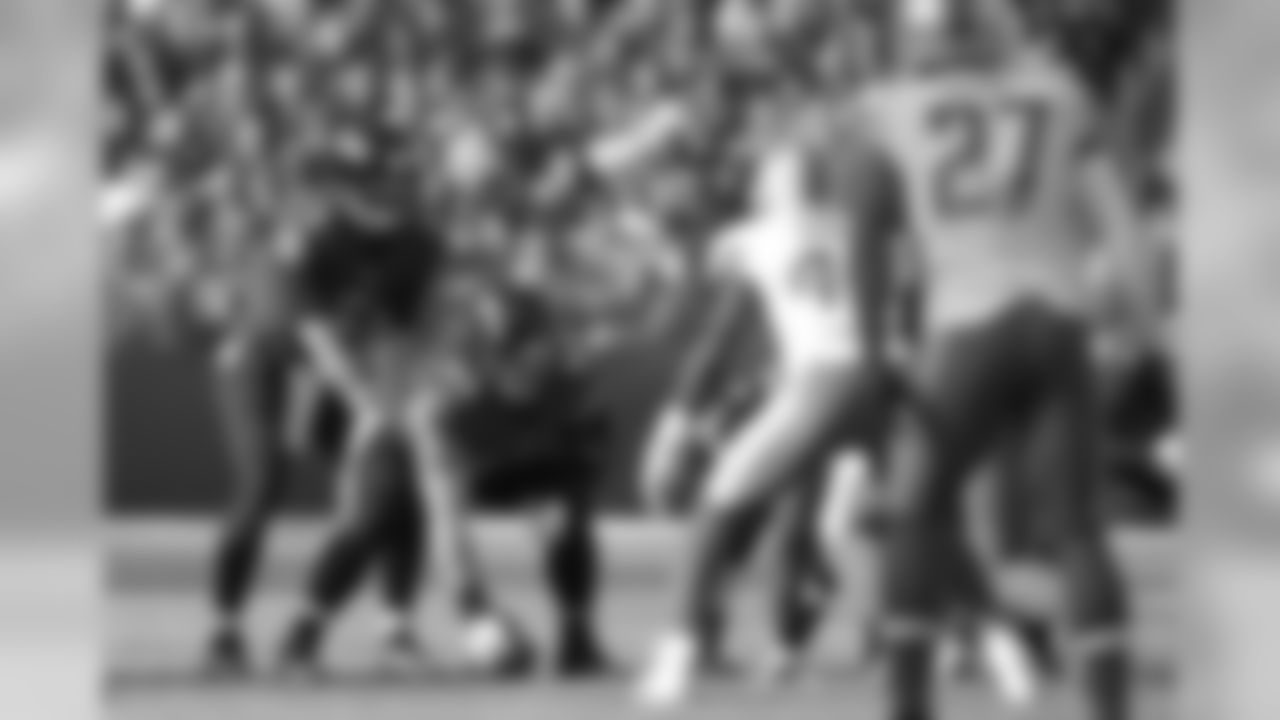
The signing of Jensen gives the Buccaneers flexibility on the line and in the draft. One of the top available non-QB prospects in the whole draft appears to be Notre Dame guard Quenton Nelson, and again this is a player the Bucs would surely welcome with open arms but now don't necessarily need as badly.*
During his talk at the league meetings, Koetter agreed that it was "logical" to think the secondary would be a prime target for the Buccaneers in the draft following their free agency moves. There also appears to be a need at running back. The Buccaneers could very well focus on those two spots with their seventh and 38th picks, but they are also in a good position now to take the best available player without being quite as beholden to need.
Re-Signed Players
*
- RB Peyton Barber
- TE Cameron Brate
- DE Will Clarke
- CB Javien Elliott
- WR Mike Evans*
- QB Ryan Fitzpatrick
- G Adam Gettis
- LB Adarius Glanton
- CB Brent Grimes
- C/G Evan Smith
- S Keith Tandy
( Evans was already under contract for the 2018 season but his new deal adds a five-year extension through the 2023 campaign.)
Two of these deals were long-term commitments, as both Evans and Brate signed lucrative multi-year extensions that should keep them at the center of the Bucs' passing attack for years to come. The rest of the re-signings were more immediate concerns, as the team looked to maintain depth and hold on to some of its more reliable performers.
*
The key deal here, in terms of the draft, is the return of Brent Grimes on a one-year contract for 2018. Grimes has been the Buccaneers' best cornerback the past two years and he's a definite starter on one side of the defense. With 2016 first-round pick Vernon Hargreaves potentially settling down in the slot and third-year man Ryan Smith returning to compete for the starting job opposite Grimes, the Bucs do return three players who started for them at cornerback last year. It's not necessarily a deep position and could still be a top target in the draft, but it would have been a far more pressing concern without the return of Grimes.*
Barber was re-signed rather than tendered as an exclusive rights free agent; either way, he was ticketed to return in 2018 and get a crack at the lead job in the backfield after a promising finish to 2017. The Bucs are low on sheer numbers at running back and this year's draft class is strong at the position, so it would not be a surprise if the Buccaneers address that spot despite Barber's return. The bigger question: Will the Buccaneers seek a certain *style of running back in the draft to complement Barber? There is a wide variety of available options, from the between-the-tackles power of LSU's Derrius Guice to the home run-hitting speed of USC's Ronald Jones.*
The re-signing of Smith, which came a little later in free agency than most of the other moves, also gives the Buccaneers another candidate to start at right guard, with Jensen playing center and Ali Marpet expected to slide to left guard.
Players Released and/or Signed by Other Teams
*
- DE Robert Ayers*
- DT Chris Baker (signed by Cincinnati)*
- DT Clinton McDonald (signed by Denver)
- RB Doug Martin (signed by Oakland)*
- G/T Kevin Pamphile (signed by Tennessee)
*(Ayers, Baker and Martin all became free agents after being released by the Buccaneers, the latter two before the start of free agency and Ayers on March 17.)
Obviously, the Buccaneers *chose to move on from Ayers, Baker and Martin, and their moves in free agency quickly restored depth on the defensive line. The same has not yet occurred at running back but, as noted above, the draft offers some possibilities.*
The Bucs saw two of their interior O-Linemen, Pamphile and Smith, hit the open market, and neither signed or re-signed immediately. Eventually, Pamphile landed in Tennessee and the Bucs chose to bring back Smith. With the addition of Jensen and the continued development of Caleb Benenoch – another candidate to start at right guard – the team has retained a reasonable amount of depth at that spot. What happens with J.R. Sweezy, last year's right guard starter who finished the season on injured reserve and is not yet cleared to practice, will further affect that depth, one way or the other. The Buccaneers may not have a solid answer on Sweezy's availability before the draft.
Remaining Unrestricted Free Agents
*
- C Joe Hawley
- CB Robert McClain
- K Patrick Murray
- LS Garrison Sanborn
- DT Sealver Siliga
- RB Charles Sims
- DE Justin Trattou
- S T.J. Ward
Other than Hawley, who has clearly hung up the cleats in favor of a mind and body-clearing trip across America, all of the above could still sign with a team and continue their careers. If so, it is likely to be elsewhere, as it's not terribly common for a player to go this far into free agency and then return to his original team. By that point, most teams have addressed their needs at that position, as the Bucs did at kicker by signing Catanzaro. Still, we could revisit this list after the draft when it's more clear what remaining needs the team was able to hit with its picks.
Remaining Restricted Free Agent
- Adam Humphries
Humphries became a restricted free agent on March 14 because the Buccaneers had extended to him the necessary qualifying offer before the start of free agency. And, with that offer carrying with it a second-round designation – that is, any team that signed Humphries away would have to send a 2018 second-round draft pick back to the Bucs – it is highly likely that he will return to Tampa simply by signing the offer sheet.
There has never been any great hurry for Humphries to take care of that bit of business, but the deadline is now approaching. Restricted free agents must sign their offer sheets by April 20; it has to be done before the draft because of the potential of draft-pick compensation. If a restricted free agent doesn't sign his offer by the deadline, his original team gets exclusive negotiating rights. As a practical matter, all RFAs sign by the deadline.
That's good news for the Buccaneers because Humphries was one of the more productive slot receivers in the NFL in 2017. With Humphries expected to return, Evans and Brate locked in, DeSean Jackson looking for more production in his second Buc year and second-year players O.J. Howard and Chris Godwin ranking as potential breakouts, the team is deep in targets for quarterback Jameis Winston. That would seem to make tight end and wide receiver lesser concerns – though not necessarily ignored positions – on draft weekend.





















